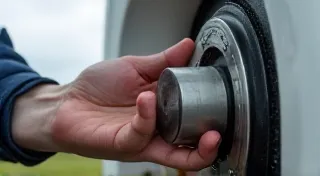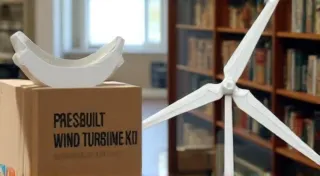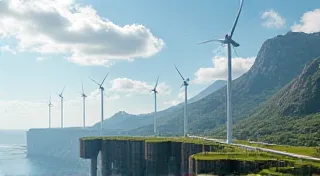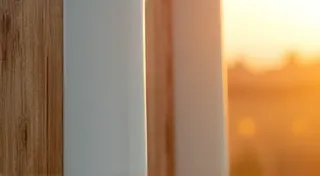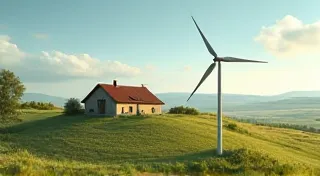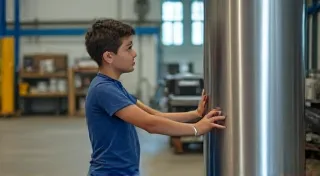Understanding Wind Turbine Basics: A Beginner's Guide
Welcome to the world of wind power! Building your own small-scale wind turbine is a fantastic project – both rewarding and educational. But before you start cutting and soldering, it's crucial to understand the fundamental principles behind how these machines work. This beginner's guide will demystify wind turbines, covering essential components, how they function, and different designs suitable for DIY enthusiasts.
What is a Wind Turbine and How Does it Work?
Simply put, a wind turbine converts the kinetic energy of wind into electrical energy. The wind’s movement spins the blades, which are connected to a generator. This generator then transforms the rotational mechanical energy into electricity. It’s a beautiful example of harnessing a natural resource for sustainable power. Before diving into the specifics of construction, it's important to understand that power generation is highly dependent on wind speed. Even seemingly small variations in wind velocity can have a large impact on how much electricity your turbine produces. For those considering building a turbine, a thorough wind resource assessment is an invaluable first step.
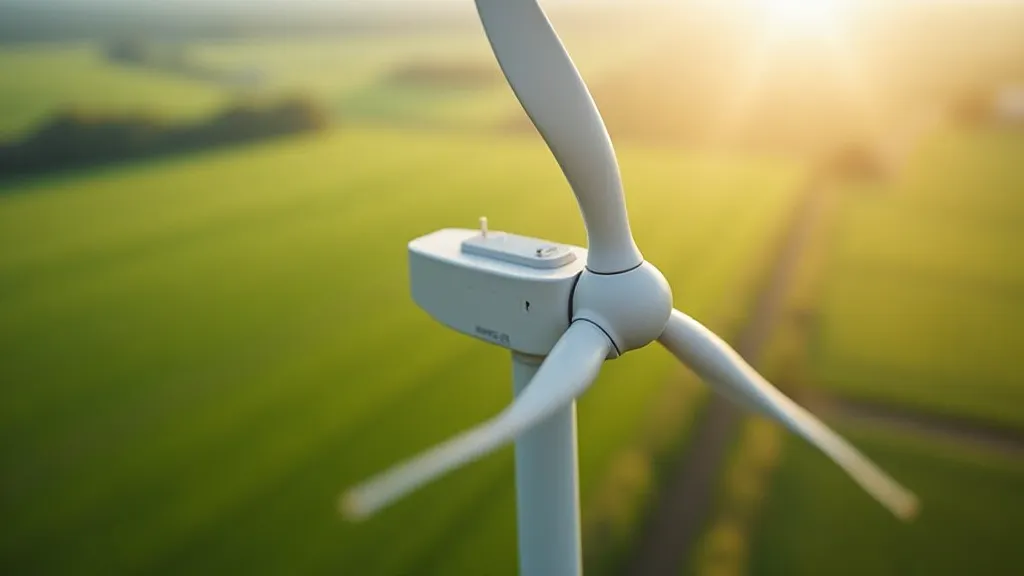
Key Components of a Wind Turbine
Let's break down the main parts you'll encounter:
- Blades: These are the most visible parts, designed to capture the wind’s energy. The shape and number of blades greatly influence turbine efficiency.
- Rotor: This is the assembly of blades and the hub that connects them to the main shaft.
- Nacelle: The housing on top of the tower that contains the generator, gearbox (in some designs – more on that later), and other crucial components.
- Tower: Elevates the turbine to access stronger and more consistent winds. Height is a critical factor in power generation.
- Generator: The heart of the turbine. It converts mechanical energy into electrical energy.
- Yaw Mechanism: Allows the turbine to rotate and face into the wind (typically for larger turbines, smaller DIY turbines often don't have this).
Types of Wind Turbine Designs
While large commercial wind farms mostly utilize horizontal-axis wind turbines (HAWTs), DIY projects often explore different options:
- Horizontal-Axis Wind Turbines (HAWTs): The classic windmill design. They are generally more efficient than VAWTs, but require a yaw mechanism. These are common for DIY builds.
- Vertical-Axis Wind Turbines (VAWTs): These turbines spin vertically and don't need to be pointed into the wind. They are often simpler to build, but typically less efficient. Common types include:
- Savonius Turbines: Very simple "S-shaped" design, great for beginners but low efficiency.
- Darrieus Turbines: More complex, "eggbeater" shaped blades; higher efficiency than Savonius, but more challenging to build.
Choosing the right design also involves considering the potential for noise. Larger turbines, and even smaller ones if not carefully constructed, can generate unwanted sounds. Those interested in minimizing noise while maximizing power might want to research wind turbine noise reduction techniques to ensure a peaceful operation.
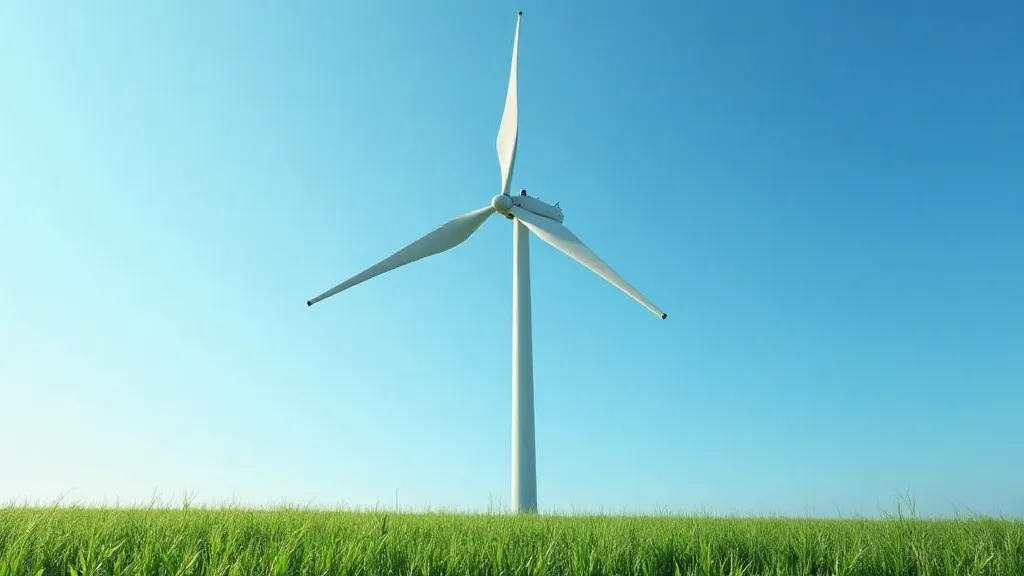
Gearboxes: To Gear or Not to Gear?
Many large wind turbines use gearboxes to increase the rotational speed from the slow-turning blades to the higher speed required by the generator. However, for smaller DIY turbines, gearboxes can add complexity and potential failure points. Often, direct-drive generators are preferred – these are more expensive but more reliable for small-scale projects. The decision to include a gearbox can significantly impact the overall complexity and maintenance requirements of your turbine project. Consider the available space and your mechanical skills when making this choice.
Wind Power Principles and Considerations
Understanding a few key principles is vital for maximizing your turbine's performance:
- Betz Limit: This theoretical limit states that a wind turbine can only capture a maximum of 59.3% of the wind’s energy.
- Wind Speed: Power output is proportional to the cube of the wind speed. A small increase in wind speed results in a significant increase in power. This is a crucial concept – doubling the wind speed results in eight times the power available!
- Site Selection: Choosing a location with consistent wind exposure is crucial. Factors like prevailing wind direction, obstacles (trees, buildings), and terrain all play a significant role.
Beyond site selection, effectively integrating your wind turbine into your energy system is critical. This may involve connecting it directly to your home, or using batteries to store excess energy for later use. Proper wiring and electrical connections are essential for safety and optimal performance. Those unfamiliar with electrical work should carefully research wiring your wind turbine and seek professional assistance if needed.
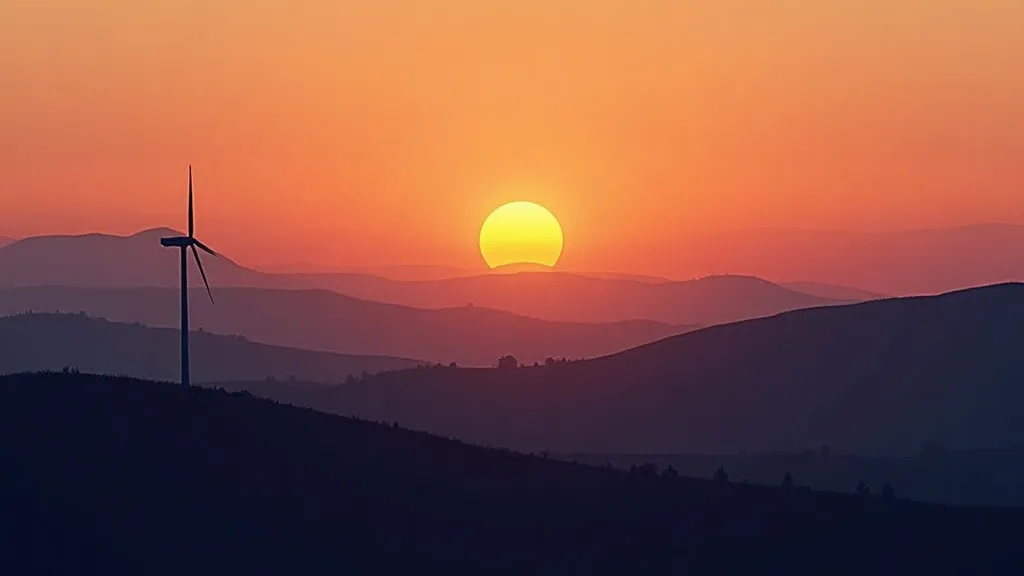
The Future of Small-Scale Wind Power
The landscape of renewable energy is constantly evolving, and small-scale wind power is no exception. Technological advancements are driving efficiency gains and reducing costs, making wind turbines even more accessible for homeowners and communities. Emerging trends include quieter turbine designs, improved blade materials, and more sophisticated energy storage solutions. Researchers are also exploring new concepts like airborne wind energy systems, which harness wind at higher altitudes where winds are stronger and more consistent. For those curious about these advancements and where the industry is headed, examining the future of small-scale wind power can offer valuable insights into the exciting possibilities ahead.
Getting Started with Your DIY Wind Turbine Project
Now that you have a foundational understanding of wind turbine basics, you're ready to delve into the practical aspects of building your own. Remember to research thoroughly, prioritize safety, and enjoy the learning process! Before embarking on any construction, always double-check local regulations and obtain necessary permits. Wind turbines, even small-scale models, can have a visual impact on the surrounding environment, and compliance with local ordinances is essential. From selecting the right materials to ensuring proper installation, every step of the process requires careful attention to detail. With dedication and a thirst for knowledge, you can harness the power of the wind and contribute to a more sustainable future.
